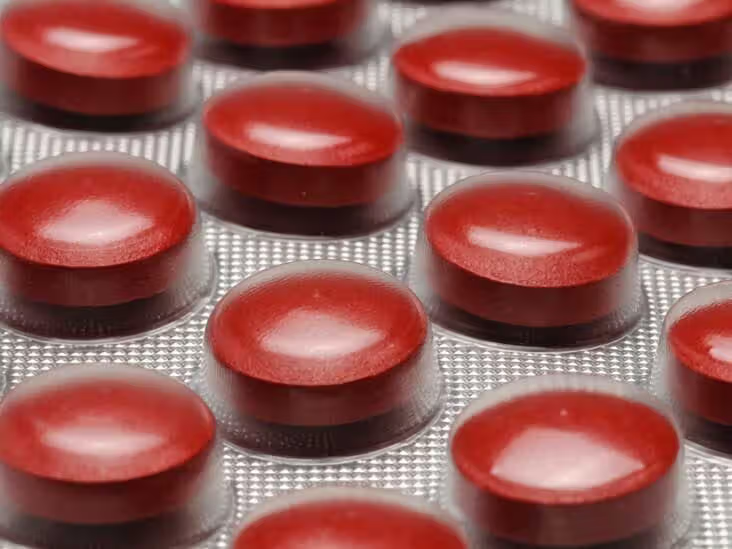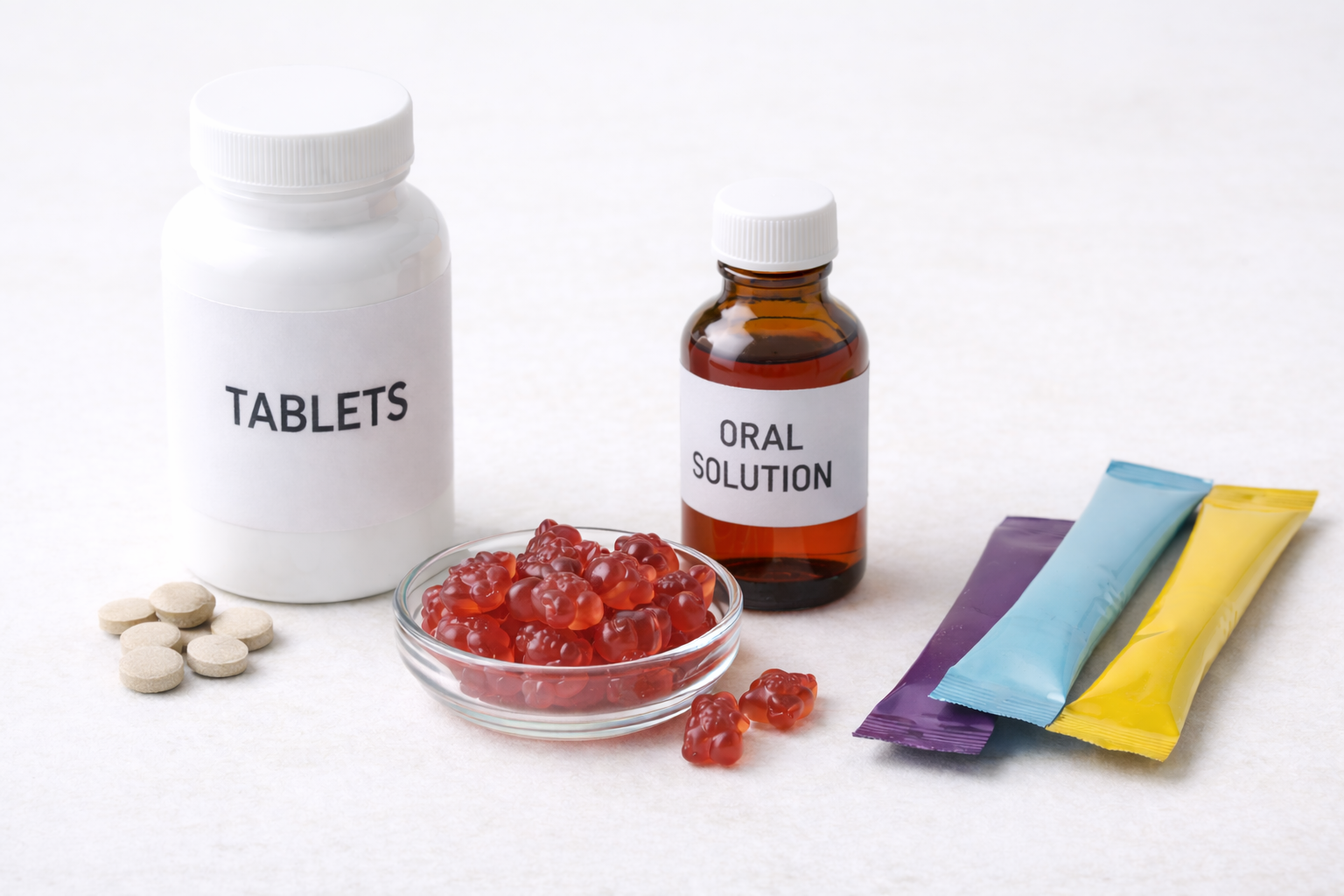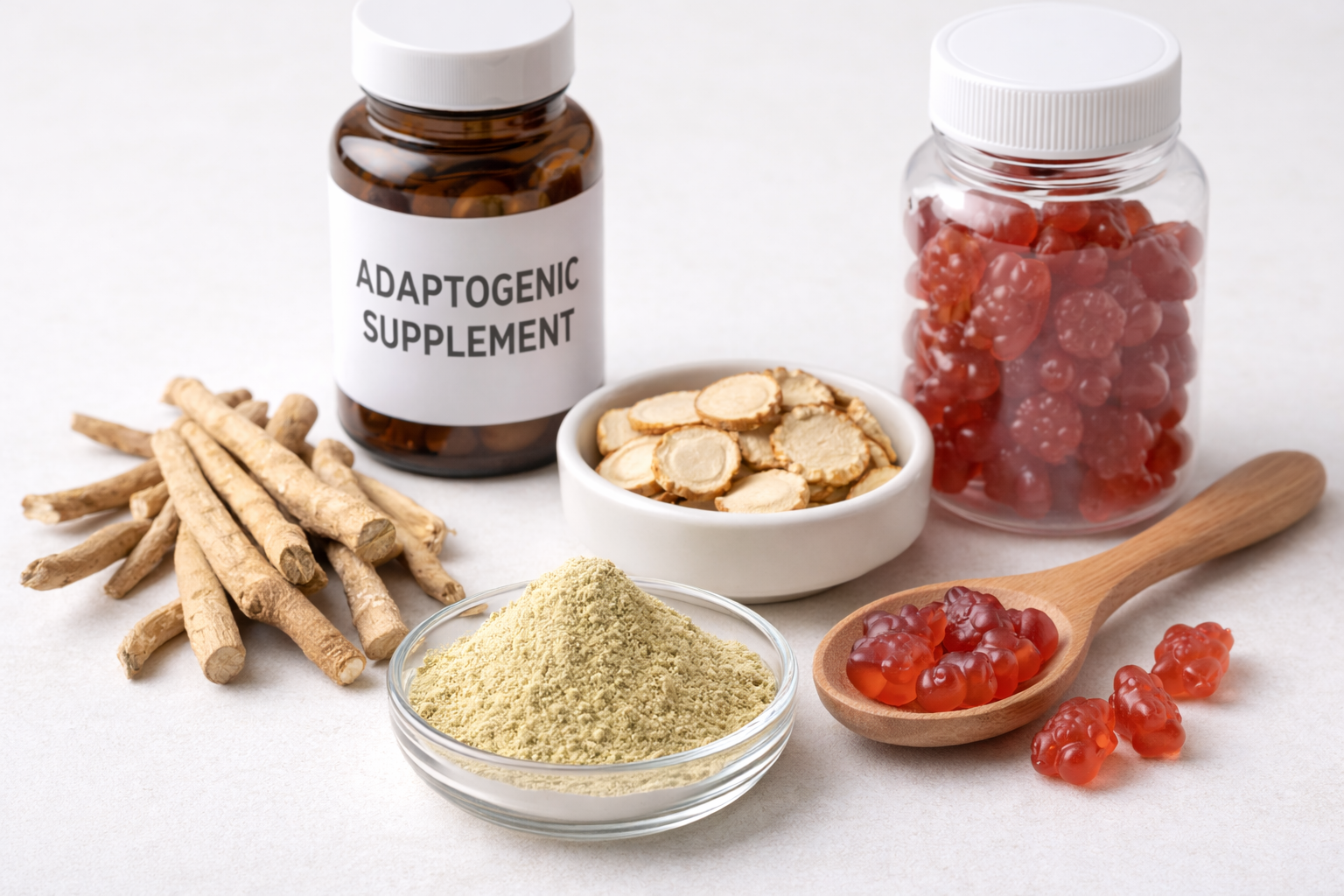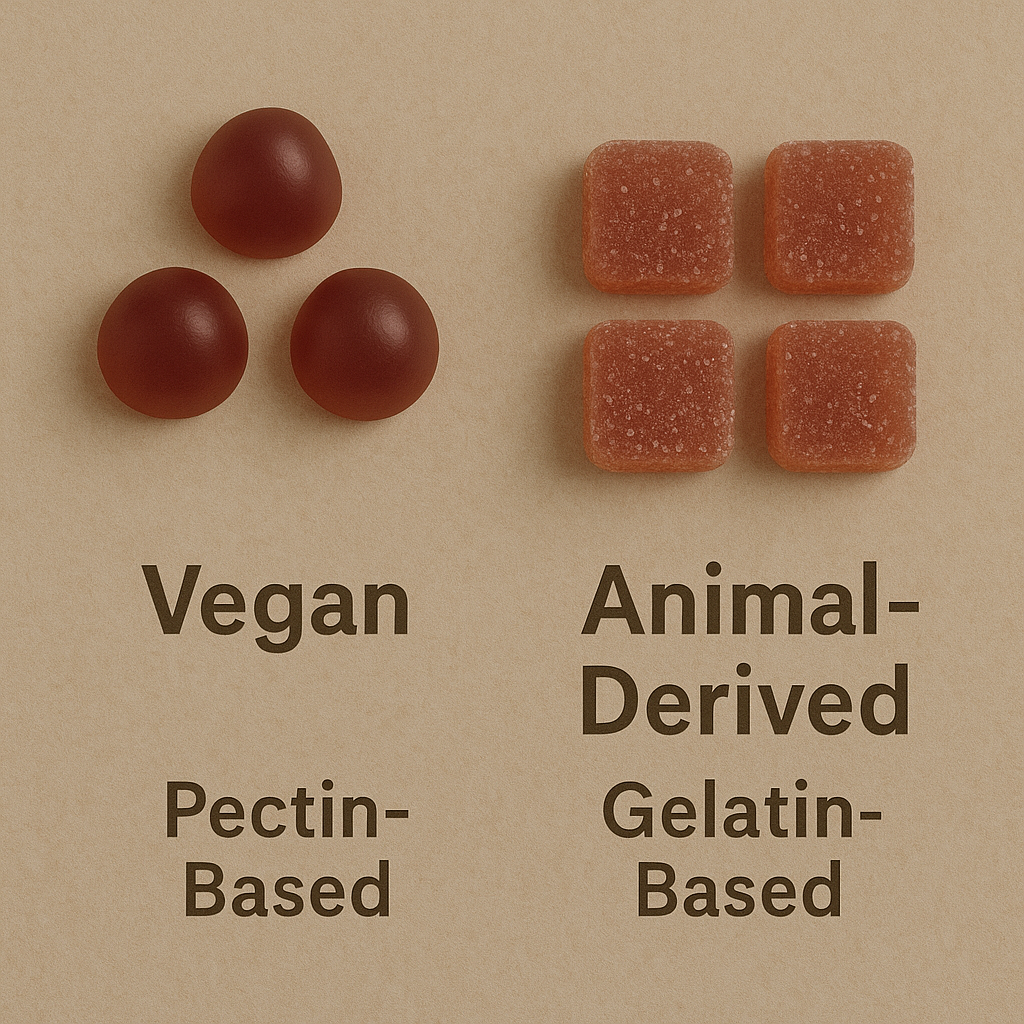
Struggling with low energy, fatigue, or iron deficiency? You’re not alone. Many people rely on iron supplements to restore vitality, but choosing between gummies and tablets can be confusing. While tablets have been trusted for years, iron gummies are rising as a tastier, gentler option. The problem? Not all formats work the same. This article clears the confusion so you can make the right choice for your health or product line.
Iron gummies and iron tablets both help prevent and treat iron deficiency. However, they differ in taste, absorption rate, gastrointestinal side effects, and user preference. Gummies are easier to consume and gentler on the stomach, while tablets typically offer higher dosages. For effectiveness, both formats work—but which one fits your needs better depends on your health status, compliance habits, and nutritional goals.
If you’re deciding what iron format to consume—or manufacture—it’s crucial to understand how each works. Whether you’re a consumer or a private label brand, knowing the pros and cons of iron gummies vs. tablets could help you choose wisely. Let’s break them down.
What Is the Main Function of Iron in the Body?
Iron is an essential mineral that helps transport oxygen throughout the body. It plays a critical role in producing hemoglobin, the protein in red blood cells. Without enough iron, your body can’t make enough healthy oxygen-carrying red blood cells, leading to fatigue and weakness.
Iron helps produce hemoglobin and deliver oxygen to cells. It’s essential for energy, immunity, and brain function.
Iron is involved in several biological functions beyond red blood cell formation. It supports immune defense, energy metabolism, and cognitive performance. A deficiency can cause anemia, impaired concentration, and reduced immunity. Recommended dietary allowances vary by age, gender, and health condition. The bioavailability—or how well your body absorbs it—also depends on whether it’s heme (from meat) or non-heme (from plant or supplement sources). Iron supplements aim to fill these nutritional gaps, especially for people with increased needs.
* Iron deficiency is the most common nutrient deficiency globally.
* Iron is especially vital for women, children, and vegetarians.
What Are Iron Gummies and How Are They Formulated?
Iron gummies are chewable supplements designed to deliver iron in a tasty, easy-to-digest form. They often use ferrous fumarate or ferrous gluconate as active ingredients.
Iron gummies combine effectiveness and taste. They appeal to adults and kids who struggle with pills.

Iron gummies are typically made using fruit pectin or gelatin as the base. They include sweeteners and flavorings to mask the metallic taste of iron. Most contain vitamin C, which enhances iron absorption. Their pleasant taste and chewable format make them ideal for children or adults with pill fatigue. However, gummies may contain lower doses of iron compared to tablets, and they often come with added sugars. It’s important to evaluate both ingredient profile and nutrient bioavailability when selecting a gummy product.
* Iron gummies are more palatable and easier to remember to take.
* Many iron gummies include vitamin C to improve absorption.
What Makes Iron Tablets the Traditional Choice?
Iron tablets have been used for decades to treat iron deficiency anemia. They are known for delivering higher doses of elemental iron.
Iron tablets are potent and widely recommended for clinical iron deficiency treatment.

Tablets are cost-effective and offer a controlled dosage. They usually contain ferrous sulfate, known for high bioavailability but often associated with stomach upset, constipation, and nausea. Tablets are ideal for people needing therapeutic levels of iron. However, some consumers find them hard to swallow or experience poor compliance due to gastrointestinal discomfort. Brands often add slow-release coatings to improve tolerance. Despite the drawbacks, tablets remain the go-to format in clinical settings.
* Tablets often contain up to 65 mg of elemental iron.
* Ferrous sulfate, commonly used in tablets, is highly bioavailable.
How Do Iron Gummies Compare to Tablets in Absorption?
Absorption depends on the form of iron, presence of enhancers (like vitamin C), and gut health. Gummies may be easier on digestion, but absorption varies.
Iron gummies absorb well when combined with vitamin C, but tablets may offer higher overall iron content.
Ferrous gluconate and ferrous fumarate—found in gummies—are gentler forms of iron with decent absorption rates, especially when paired with vitamin C. Tablets often use ferrous sulfate, which has a high iron concentration but may irritate the stomach. The body absorbs iron better in an acidic environment, so timing and composition matter. For example, taking iron on an empty stomach increases absorption but may worsen side effects. Overall, the difference in absorption is small but important based on the user’s goal.
| Iron Format | Iron Type | Absorption Enhancer | Typical Dose (mg) | Taste Profile |
| Gummies | Ferrous gluconate | Vitamin C | 10–18 | Pleasant |
| Tablets | Ferrous sulfate | Vitamin C | 30–65 | Metallic/bitter |
* Iron needs vary by age and health status, so dose customization matters.
* Absorption depends more on formulation than format alone.
Which Has Fewer Side Effects—Iron Gummies or Tablets?
Gummies are often easier on the stomach and preferred by users with sensitivities.
Gummies may cause fewer digestive issues. Tablets may lead to constipation or nausea in some users.
Iron supplements commonly cause gastrointestinal problems. Tablets, particularly those with ferrous sulfate, are known for causing constipation, stomach pain, or dark stools. Gummies, on the other hand, use gentler iron forms and fewer binders, which makes them easier on the gut. However, excessive sugar intake or overuse of gummies can also affect digestion. Choosing the right format often depends on tolerance. Brands are now producing sugar-free, low-acidity gummies to improve outcomes further.
* Gummies reduce GI side effects in many users.
* Tablets remain problematic for users with weak digestion.
Which Iron Format Should Your Brand Offer in 2025?
The ideal product depends on your market: children, seniors, athletes, or women of childbearing age all have unique needs.
Brands should align iron format with user needs, dosage goals, and flavor preference to maximize sales.
Private label brands must analyze customer profiles before choosing the right iron supplement format. Gummies are great for compliance, especially in the kids and women’s health segments. Tablets remain essential for clinical and budget-focused users. Consider formulation flexibility, raw material cost, shelf stability, and packaging options. Gummies may stand out more visually on retail shelves but require careful R&D to maintain nutrient stability. Both formats can succeed if marketed correctly. Offering both may even maximize your brand’s reach.
* Gummies attract younger, lifestyle-focused consumers.
* Tablets fulfill medical and therapeutic product niches.
Conclusion
Both iron gummies and tablets can work effectively, but they serve different users. Gummies excel in taste and tolerance. Tablets lead in potency and clinical trust. Choosing the right format means understanding the user’s needs.
Gummies are easier and more pleasant to consume. Tablets are traditional, affordable, and powerful. Decide based on health goals and consumer preference. Your product line can benefit from offering both.



